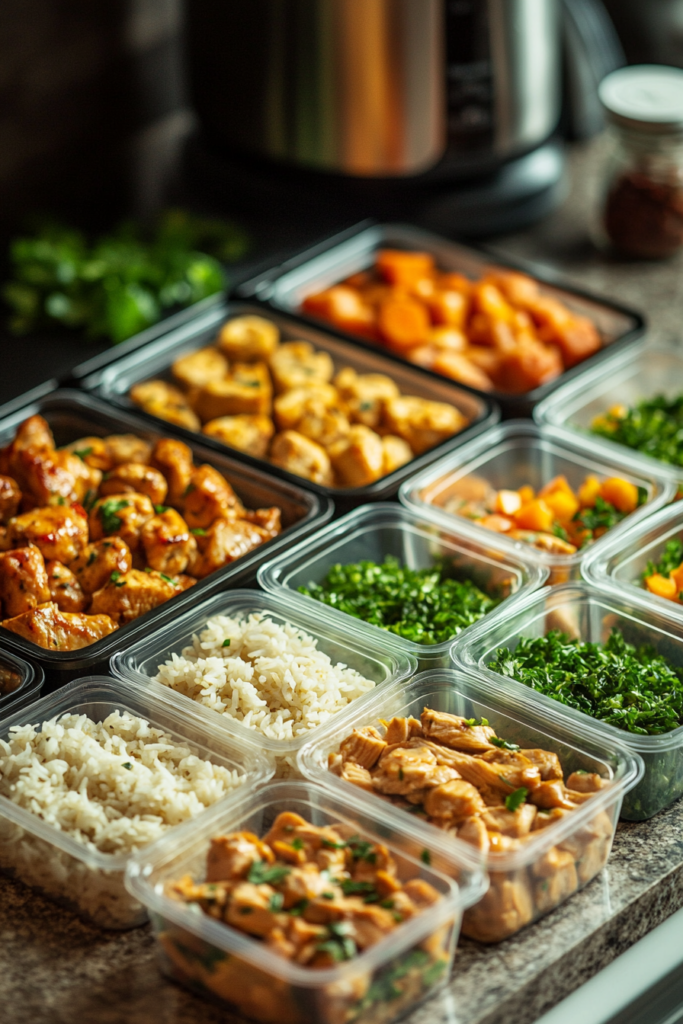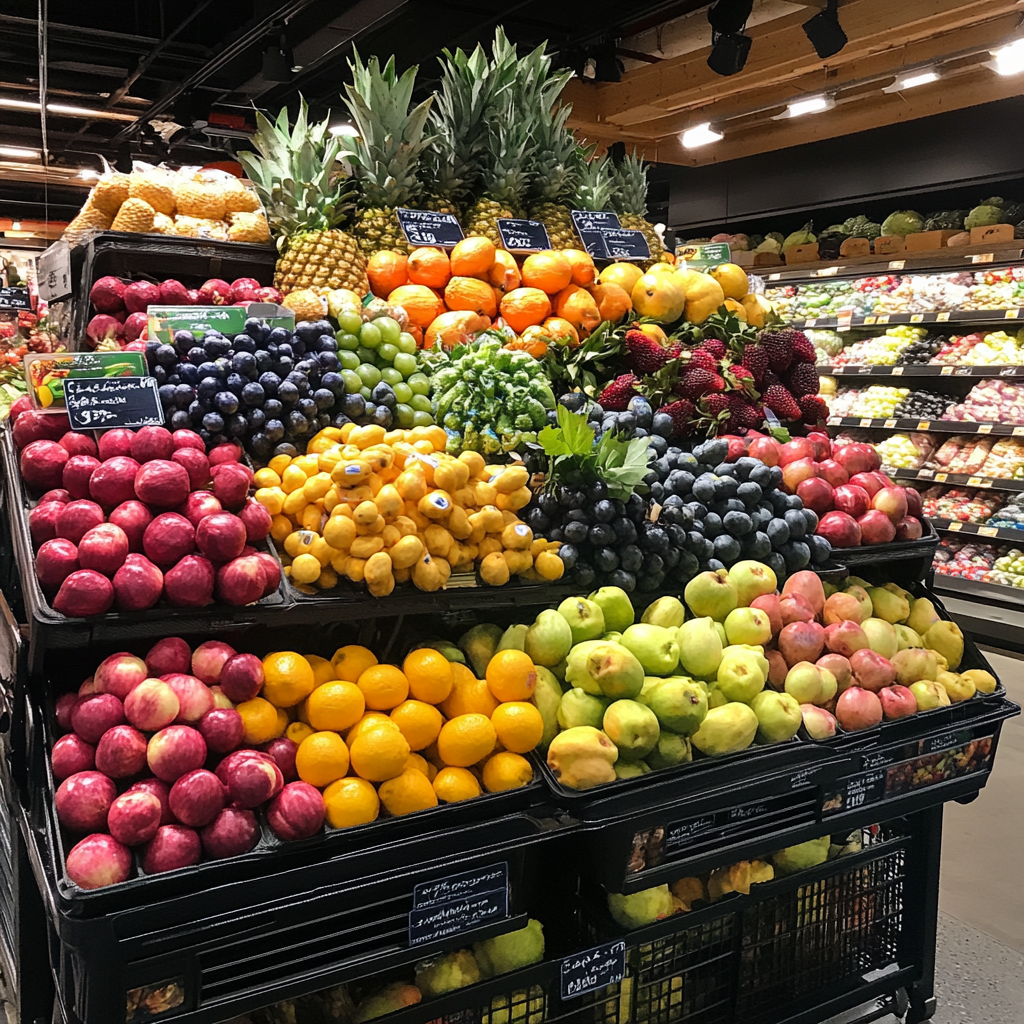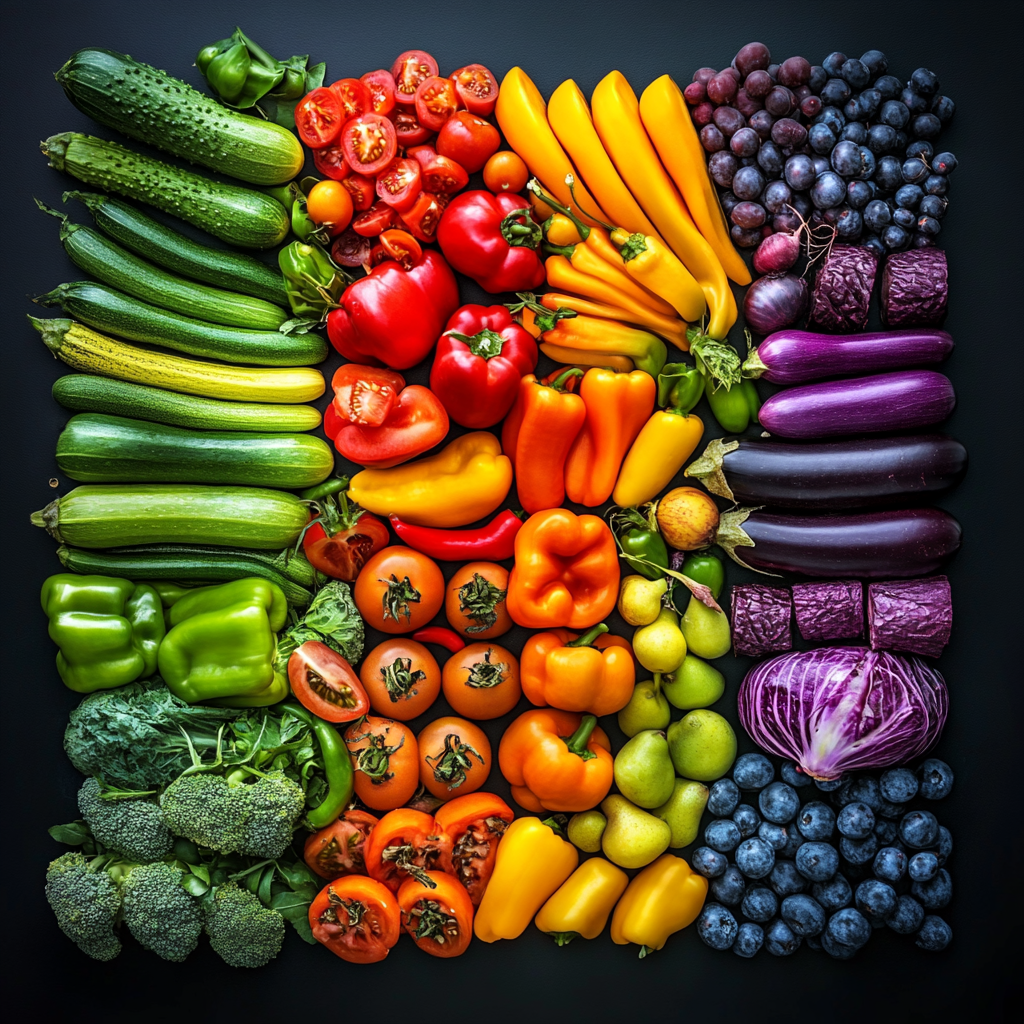this article is for those of you who are either brand new to healthy eating habits or those who have gotten way off track and are wanting a fresh start with nutrition. Let’s get to it!
Table of Contents
1. Hydrate First Thing
Drink a glass of water upon waking to kick start metabolism and re-hydrate after sleep. Your body needs ample water each day to function – from a cellular level to your liver – so make sure that you’re upping your hydration if you struggle with healthy eating.

2. Eat a Balanced Breakfast
Most people enjoy more simple carbohydrates than their body needs. Carbs turn to fat if not used for immediate energy. It’s important that you prioritize healthy eating habits with protein, healthy fats, and fiber at breakfast time for sustained energy.

3. Pre-Plan Snacks
This is a key to healthy eating habits because most people snack out of habit or boredom. If you don’t plan out some healthy snacks, you’re more likely to reach for something you shouldn’t. So, keep per-portioned nuts, fruits, or veggies on hand to avoid reaching for junk food.

4. Focus on Whole Foods
This one is probably a no-brainer to most people, but it’s easier said than done. In general, if you want to get healthy, you should focus on eating single-ingredient foods. (Meaning foods that ARE the ingredient! Avocado, chicken, apples, steak – you get the idea.)
Opting for unprocessed foods over packaged options is one of those healthy eating habits that can take time if you’re not already in the habit, so just focus on making the switch a little at a time.
If you want prepackaged snacks, try to choose ones with four ingredients or less (like popcorn with sea salt).

5. Practice Mindful Eating
Have you heard of mindful eating before? It’s basically the practice of slowing down to improve your brain & body’s awareness of how full you are and what you’re eating.
It’s pretty simple. Chew slowly and appreciate your food to enhance digestion and curb overeating.
6. Pause Between Bites
It can take your brain and your stomach several minutes to register your level of fullness or satiation. (The hunger signals take some time as your food moves through the esophagus via various muscles and to the stomach.)
Put your utensils down or slow down in between bites to prevent overeating.
7. Cook More Often
Preparing your own meals gives you control over ingredients and portions. It’s not always easy to cook for yourself (and/or a family) for every single meal, but it really helps you have healthy eating habits that are healthier when you do.
If you aren’t much of a cook, set the goal to cook more meals for yourself. Start with a few more meals per month, or get into meal prepping if you know you won’t be able to cook fresh food regularly. If you struggle with this, I suggest that you get into simple sheet pan dinners.

8. Batch Prep
I cannot stress the importance of prepping food in advance if you struggle with making good food choices. If anything, you can prep things like fresh veggies and protein so that you have bases for several different meals. You don’t have to make ready-to-serve meal preps unless that’s what you want.

9. Add, Don’t Subtract
Focus on adding nutrient-rich foods like greens, legumes, and whole grains rather than cutting out foods. If there’s anything I’ve learned as a busy mom who struggled to lose weight, it’s that restriction can backfire at a moment’s notice.
(Sure, you can cut back on sugar and carbs if you want to, but this is about protecting your mindset and mental health.)
Focus more on veggies and protein, and I think you’ll find that it’s easier to say “no” to other things because you’ll be so full of good stuff.
10. Eat the Rainbow
This is one of those fun and simple healthy eating habits that helps me remember that I should be eating a bigger variety of fruits and vegetables. The vast majority of people do not get a wide range of nutrients, and this is because they eat the same things over and over again. (More vitamins and minerals = better overall health in terms of hormones, metabolism, and more.)
So – incorporate a variety of colorful fruits and vegetables for diverse nutrients.

11. Portion Awareness
One super simple way to start eating healthier is to change your portion size. You can start reading nutrition labels, weigh some of your food, and start counting calories on occasion to help you become more aware of just how much you’re eating.
Alternatively, you can keep it simple and use smaller plates and bowls to prevent overeating.
12. Listen to Your Body
Many of us eat out of habit or in response to various emotions. (I know I struggle with emotional eating.) However, if you want to learn how to eat healthier, it’s important that you listen to your body and really hone in on hunger.
It can be tricky at first, but if you can learn to eat when hungry, not out of boredom or stress, you’ll be on your way to better health in no time.
13. Stop Eating After 6 PM
Your body needs digestive rest, and there is ample evidence to suggest that intermittent fasting is beneficial for overall health. (I highly suggest reading Fast Like a Girl to learn about the many benefits of fasting.)
The easiest way to give your body some rest is to stop eating a few hours before bed – because then you’ll be giving it true rest throughout the night.

14. Practice Gratitude for Your Meals
Part of making better food choices is slowing down and thinking about what you’re doing. (What are you consuming and what will it do for your body?) Take a moment to acknowledge and appreciate the effort behind the food you eat.
Have gratitude for the foods that are healing and sustaining you. (Protein builds muscles, fruit and vegetables have vitamins, minerals, and fiber, etc.)
15. Shop The Perimeter of The Grocery Store
This is a healthy eating habit that I wish I’d known a lot sooner.
Consider your average grocery store: the majority of the fresh meat, fruit, vegetables, and dairy products are on the outside of the store. The things that don’t need to be refrigerated are mostly on the inside.
The things in the middle of the store are “shelf-stable,” meaning that they are mostly processed foods filled with preservatives and artificial ingredients. Generally, the healthier you’re eating, the more you’ll be shopping the outer perimeter of the store!
Make it your goal to get 80% of your food from the outer edges of the store, and you’ll be well on your way to better nutrition.
That’s it!

Tips on How to Incorporate These Healthy Eating Habits
If you’re still reading this, I want you to know that healthy eating doesn’t have to be overwhelming. The key to long-term success really is starting small and focusing on progress, not perfection.
By incorporating even one or two of these habits into your daily routine, you’re already moving in the right direction. Small, consistent changes build momentum and lead to sustainable results.
Remember, it’s not about restrictive diets or quick fixes—it’s about nurturing your body and mind with nourishing choices. Be patient with yourself and celebrate each healthy step forward.
Your future self will thank you!